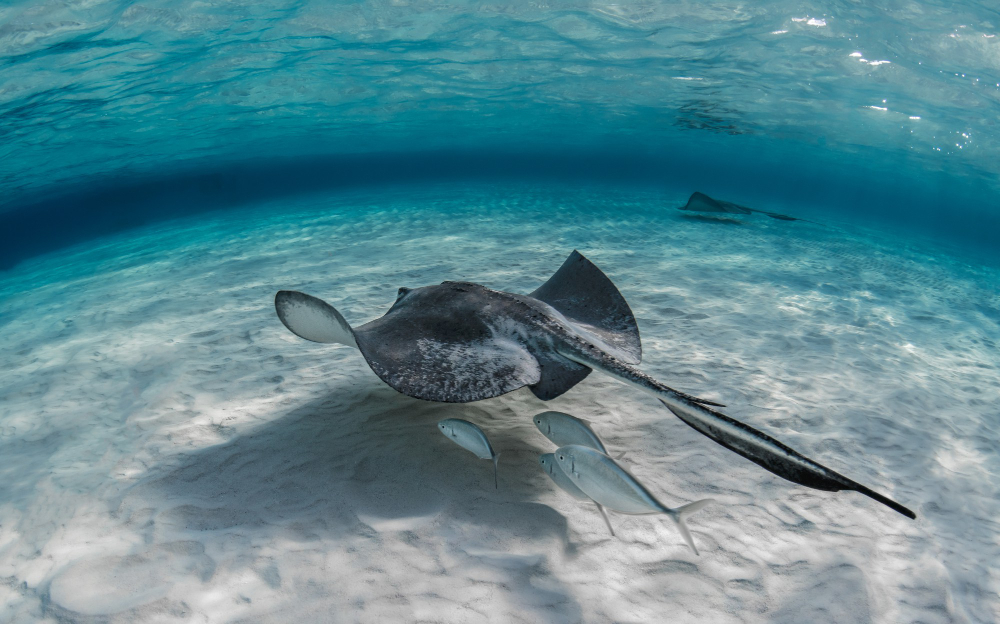The mass appearance of manta rays on Spanish beaches – 20 cases this spring – is causing concern and raising questions about the state of our seas. These fascinating creatures, scientifically known as Mobula mobulares and closely related to sharks, are typically residents of the open ocean. Their unusually frequent presence along the coasts of the Valencian Community and in Andalusian bays like Almería suggests potential profound changes in the marine ecosystems of the Mediterranean.
🌊Una mantarraya gigante sorprendió a los bañistas al nadar muy cerca de la orilla en la playa de Garrucha (Almería). Muchos lograron grabarla y fotografiarla desde una distancia segura. El animal ya había sido atendido días antes por un grupo de voluntarios, que volvieron a… pic.twitter.com/UbCP4GMWol
— Gente Opa (@genteopacr) June 2, 2025
The Mystery of Coastal Sightings: What’s Behind It?
Manta rays are known for their grace and distinctive rhomboid shape. Although they are found in the Mediterranean during the spring and summer months, their presence so close to the coast, where they feed on plankton, is highly unusual. The current surge in sightings – twenty cases this spring alone – significantly exceeds previous years’ figures and deeply worries marine biologists.
Climate Change and Noise Pollution as Key Suspects
Experts do not yet have a definitive explanation for this phenomenon, but research is focusing on two main causes: climate change and noise pollution from shipping. It is believed that rising water temperatures and underwater noise disturb the rays’ orientation, causing them to deviate from their natural migration routes. Research centers are currently intensively collecting data to identify a common pattern and draw concrete conclusions beyond the current hypotheses.
What to Do if You See a Manta Ray
Should you encounter a manta ray on a Spanish beach, it is crucial to remain calm and follow a specific protocol. Avoid any direct contact to prevent harming either the animal or yourself. The most important step is to immediately contact 112. This allows a specialized team to intervene quickly and assist the animal appropriately. Always maintain a respectful distance.




